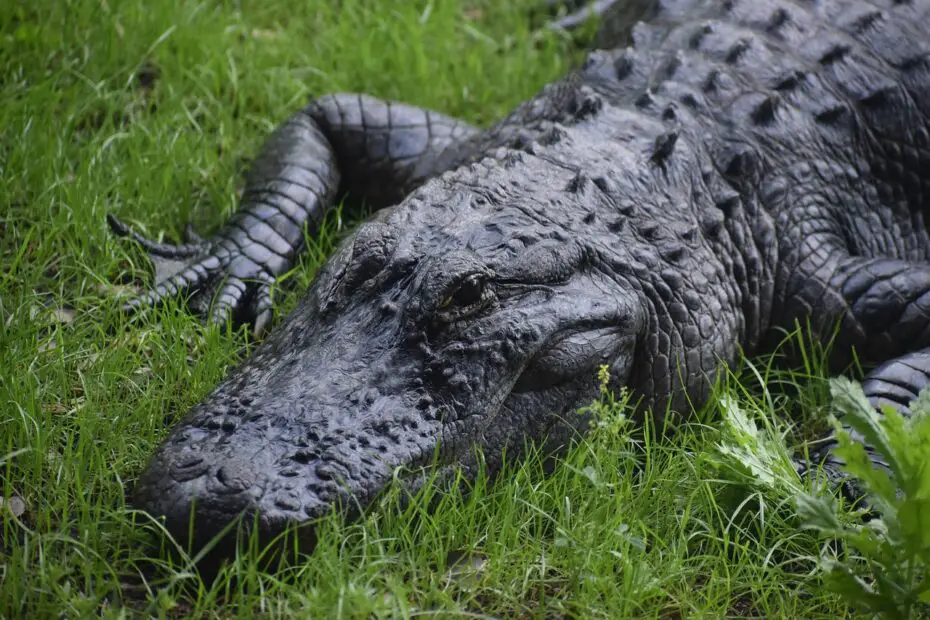Swamps are fascinating ecosystems that teem with diverse plant and animal life. These wetland habitats provide a unique home to a variety of swamp animals adapted to thrive in such environments. In this article, we will delve into the captivating world of swamp animals, from the mighty alligators to the melodious chorus of frogs. Let’s embark on a journey to discover the incredible creatures that call the swamp their home.
You may also want to read about animals in Florida.
The Mighty Alligator: Master of the Swamps
Swamps are often synonymous with alligators (Alligatoridae), and these formidable reptiles are a defining presence in these wetland ecosystems. Let’s explore the fascinating characteristics and behaviors of these ancient creatures.
Physical Characteristics
The alligator’s powerful body, armored skin, and muscular tail make it a formidable predator. Learn more about their unique features and how they are adapted for life in the swamp.
Adaptations for Life in Swamps
Surviving in swampy environments requires special adaptations. Discover how alligators are perfectly suited to navigate the murky waters and marshy landscapes.
Hunting and Feeding Behavior
Alligators are skilled hunters, and their feeding habits play a crucial role in maintaining the balance of the swamp ecosystem. Learn about their hunting techniques and dietary preferences.
Slithering Snakes in the Swamp
Snakes are another group of creatures that thrive in swamp habitats. Let’s uncover the diversity of snakes found in swamps and their significance in these wetland ecosystems.
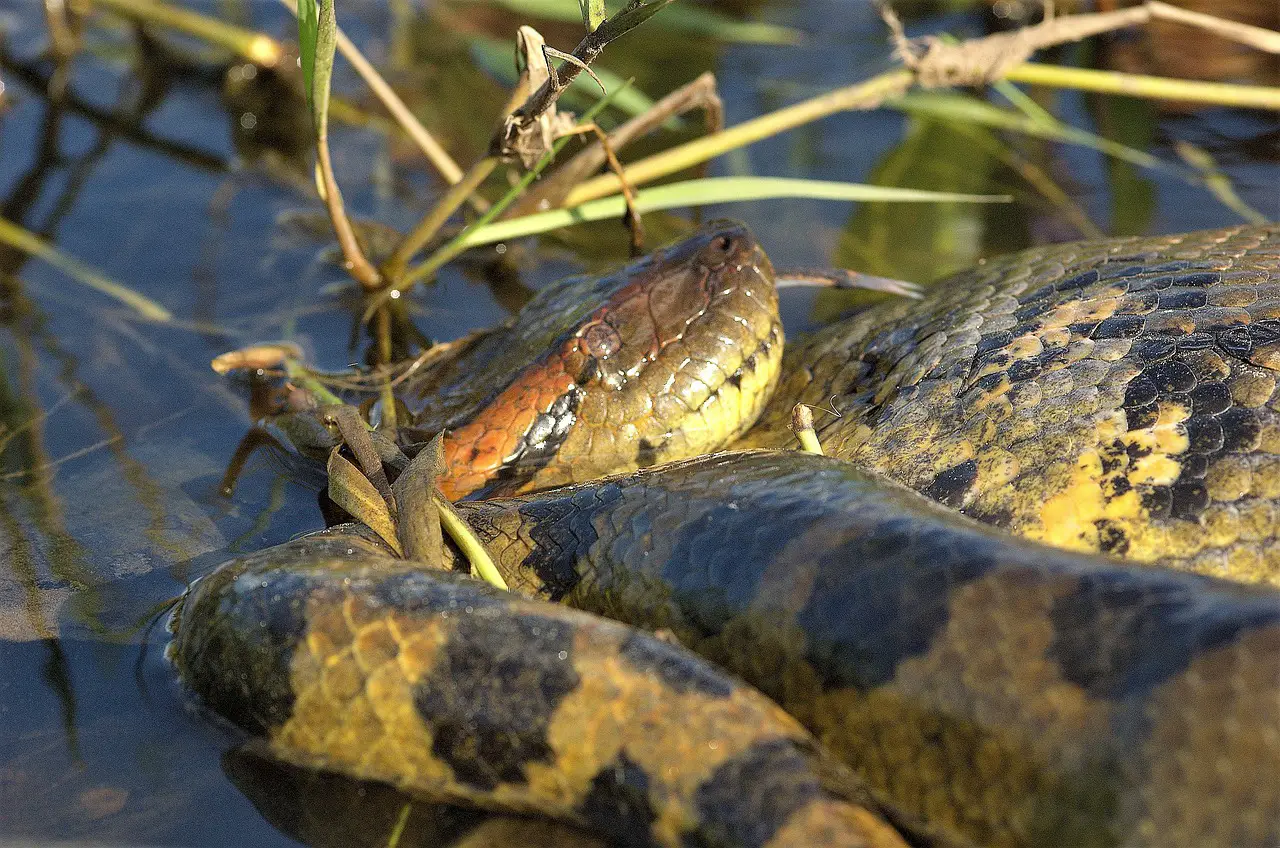
Snake Diversity in Swamps
Swamps are home to various snake species, each with its own unique characteristics and adaptations. Explore the different types of snakes you may encounter in swampy regions.
Venomous vs. Non-venomous Snakes
While some swamp snakes possess venomous bites, many are harmless and contribute positively to the ecosystem. Understand the distinction between venomous and non-venomous snake species.
Role in the Ecosystem
Snakes play an essential role in swamp ecosystems by controlling populations of small mammals and acting as both predator and prey. Discover the significance of snakes in maintaining the ecological balance.
The Resilient Turtles: Survivors of the Swamp
Turtles are ancient reptiles that have adapted remarkably well to swampy environments. Let’s explore the fascinating world of swamp turtles and their remarkable characteristics.
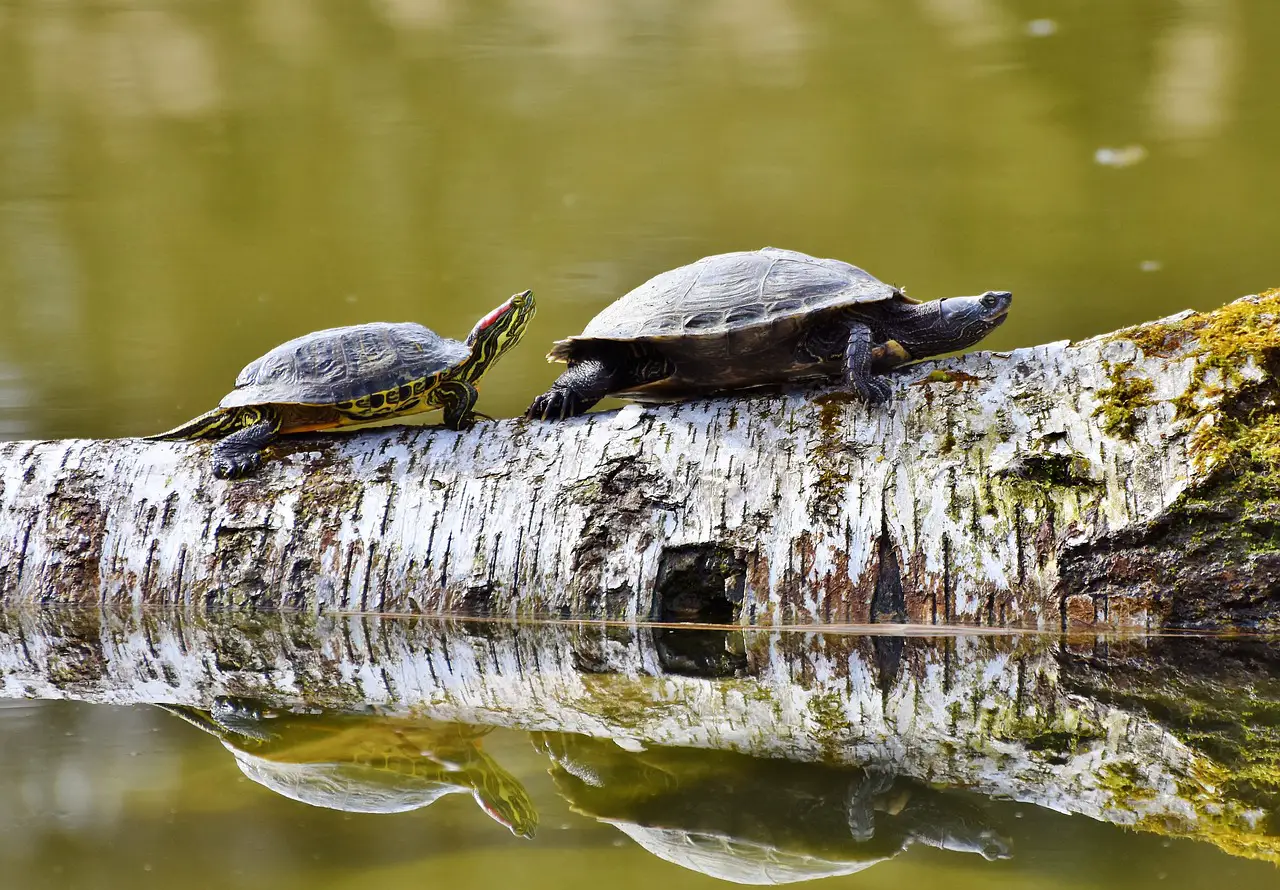
Turtle Species in Swamps
Swamps are home to a variety of turtle species, each with its own distinct features and adaptations. Discover the different turtles that inhabit these wetland habitats.
Habitat and Behavior
Turtles have evolved to thrive in swamp environments, where they find suitable nesting areas, food sources, and shelter. Learn about their unique behaviors and habits in these habitats.
Reproduction and Life Cycle
Understanding the reproductive strategies and life cycles of swamp turtles provides valuable insights into their survival and conservation. Explore the fascinating journey from egg to adult turtle.
The Melodious Chorus of Frogs
Frogs are renowned for their symphony of croaks and ribbits that fill the air in swampy areas. Let’s dive into the captivating world of swamp frogs and their vital role in wetland ecosystems.
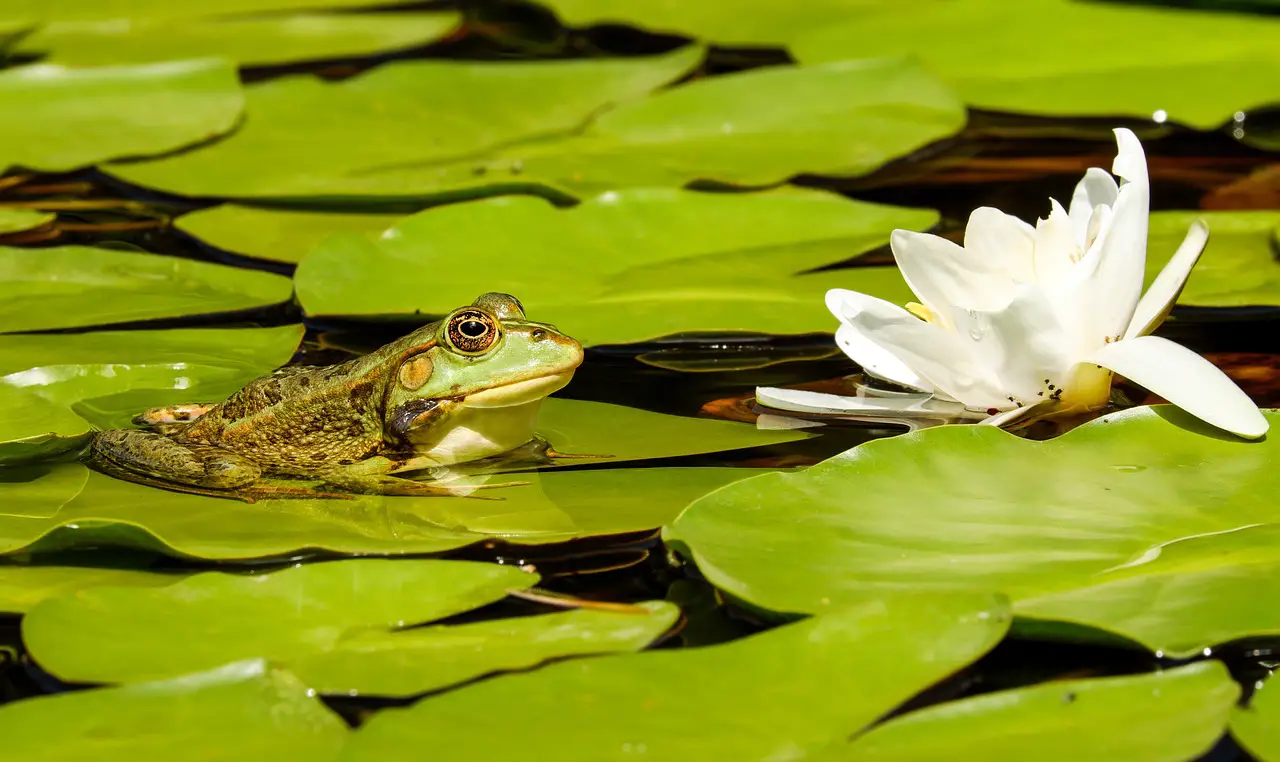
Frog Species in Swamp Environments
Swamps are biodiversity hotspots for frogs, offering a wide range of niches and habitats. Discover the fascinating species that make up the chorus of frogs in these wetlands.
Life Cycle and Adaptations
Frogs have a unique life cycle, undergoing a remarkable transformation from aquatic tadpoles to terrestrial adults. Explore their adaptations for survival in both water and land.
Importance in Wetland Ecosystems
Frogs play a crucial role in wetland ecosystems as both predators and prey. Their presence and breeding patterns have a direct impact on the health and stability of the swamp environment.
Birds of the Swamp: Wings Over Wetlands
Swamps are home to an array of bird species, each with its own unique adaptations to thrive in these wetland habitats. Let’s discover the diverse avian inhabitants of the swamp.
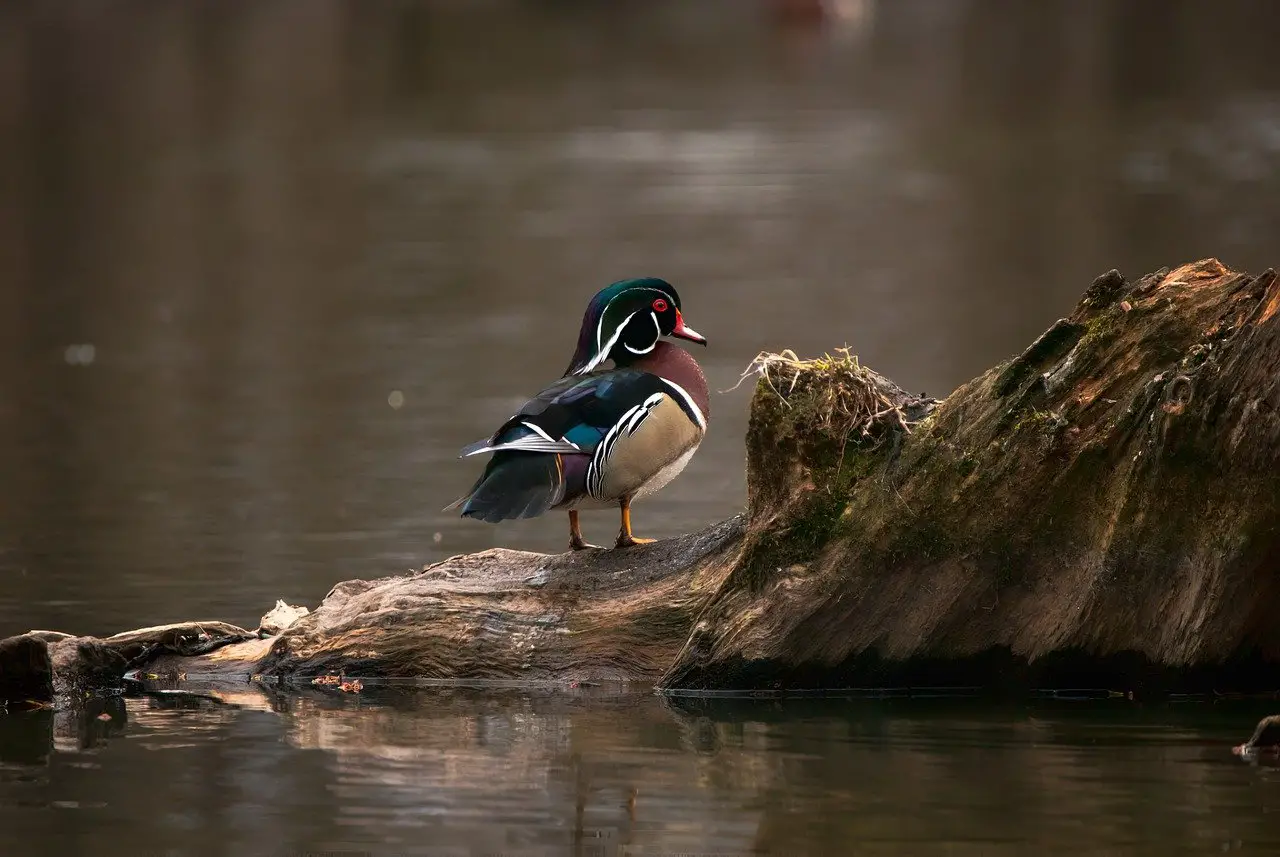
Swamp Birds Diversity
From wading birds to birds of prey, swamps attract a wide variety of bird species. Explore the diverse avian residents that make the swamp their home.
Unique Adaptations for Wetland Living
Birds have evolved special adaptations to thrive in the challenging swamp environment. Learn about their unique anatomical, behavioral, and feeding adaptations.
Role in the Ecosystem
Birds play a vital role in the swamp ecosystem, contributing to pollination, seed dispersal, and insect control. Discover the ecological importance of these feathered inhabitants.
Conclusion
Swamps are rich and vibrant ecosystems, harboring a remarkable array of animal life. From the mighty alligators and slithering snakes to the resilient turtles, melodious frogs, and diverse bird species, each animal contributes to the delicate balance of the wetland environment. By understanding and appreciating these swamp animals, we can better protect and conserve these valuable habitats for generations to come.
FAQs
- Are alligators aggressive towards humans?
- Alligators are generally wary of humans and will avoid confrontations if left undisturbed. However, caution should always be exercised when in their presence, especially during mating season or if they feel threatened.
- What is the largest snake species found in swamps?
- The reticulated python (Python reticulatus) holds the title for the longest snake species in the world and can be found in swampy regions of Southeast Asia.
- Do turtles lay eggs on land or in water?
- Most turtle species, including those found in swamps, lay their eggs on land. Female turtles dig nests in sandy or soft soil, where they deposit their eggs before covering them and returning to the water.
- Can frogs survive outside of water?
- While frogs are amphibious and require water for reproduction, many species can survive for extended periods on land as long as they have access to suitable habitats and moisture.
- Which bird is known for its distinctive call in swamps?
- The iconic call of the common American egret (Ardea alba) is often associated with swamps and wetland areas. Their distinctive “kreeeow” call adds to the ambiance of these environments.
